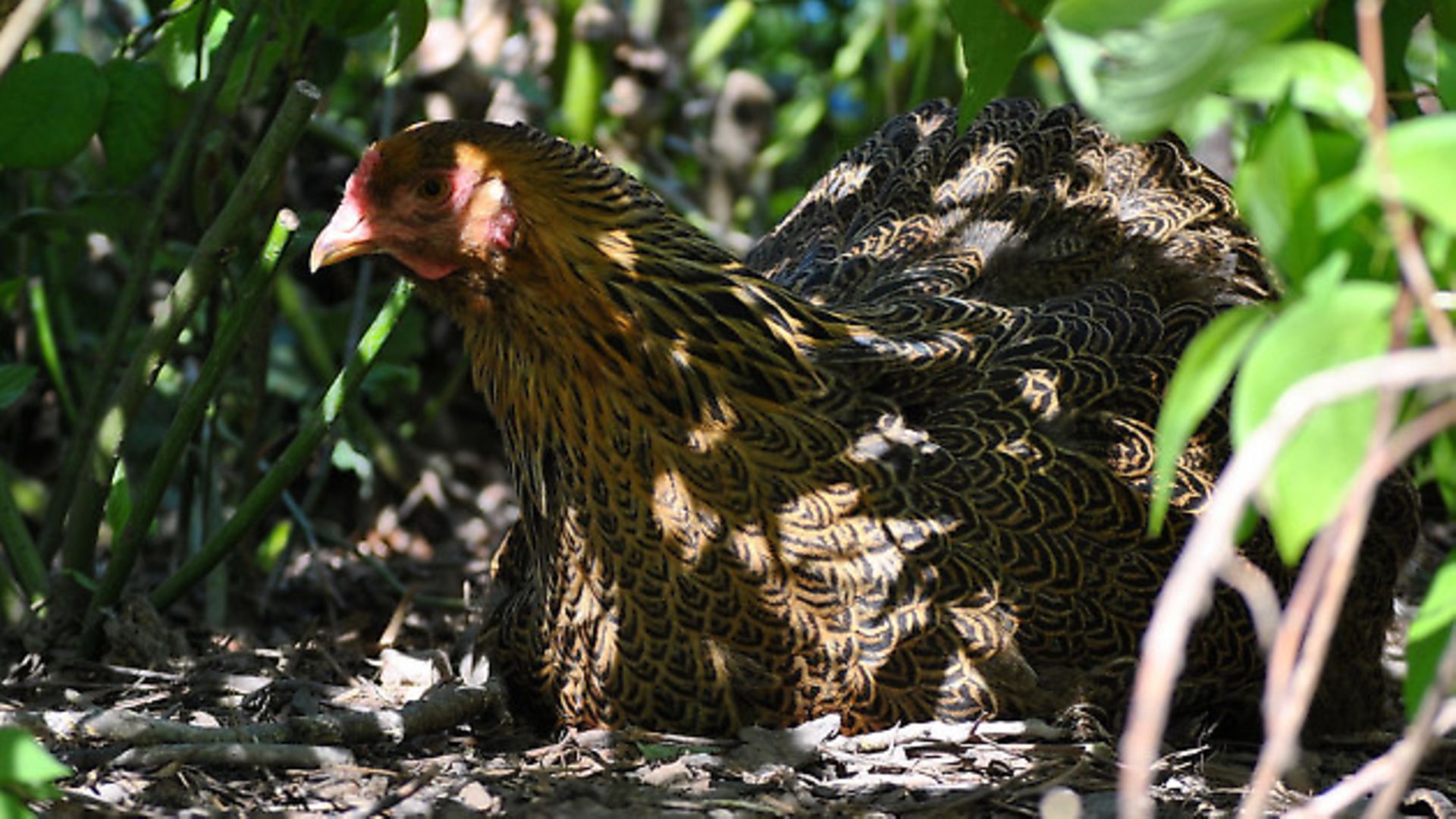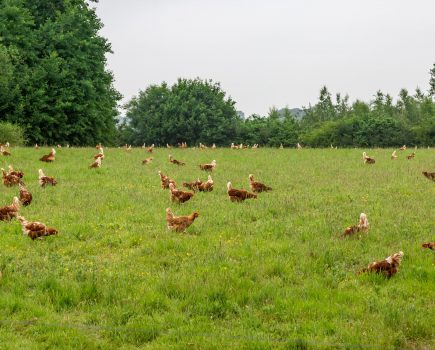Do chickens and gardening mix? Definitely, says Andy Cawthray. Here, continues to explore how to achieve a happy balance

Last month, I picked out some of the breeds of chicken I’ve found that don’t work very well in a garden environment. As you may have noticed, they do tend to be the light laying breeds (or hybrids) that fall into that category, and logically so in my view.
When they were developed as breeds it was to maximise their efficiency at producing eggs, both in terms of converting food into eggs and also at being able to source a lot of their own food – they were by nature excellent foragers. They were also ‘low maintenance’, and by this I mean no leg feathering to get covered in mud or disguise mite problems, standard type feathering well suited to most climates, and no real desire to go broody (as we all know, broody hens don’t lay eggs).
So what does work in a garden I hear you say? Well in my experience it’s not as simple an answer as ‘small chickens’. Of course, on first impressions, a flock of bantams wouldn’t look like they could cause much damage, could they? Wrong. Release a small flock of Leghorn bantams into a garden and it’s like something out of Jurassic Park as these mini velociraptors rip through the undergrowth.
The characteristics to look for instead are temperament, centre of gravity, and legs. This might sound a little scientific, but really it’s just applying a bit of common sense. Docile breeds of chicken tend to be slow and deliberate in their movements, however some of the most docile breeds tend to be the biggest. Brahmas, Cochins, Dorkings and Orpingtons are all well known for their size but also for their generally laid back attitude, and if your garden space is large enough for these giants then they can work really rather well. They also tend to have a low centre of gravity which means they tend to ‘roll’ when moving and don’t often (if at all) move with any pace. OK, the dust baths they make you could lose a small dog in, but in general their attitude to foraging in the garden tends to match with their attitude towards life – laid back.
At the other end of the gravity scale you have Modern Game and German Langshans, and in particular the bantam versions of them. They have a very high centre of gravity and incredibly long legs which, although this doesn’t hinder the birds’ ability to forage, it does mean they forage in a somewhat different manner to those well balance light layers.
The last point I made was legs, and the opposite end to the long legged Modern Game and German Langshan sits (or should I say ‘squats’) the likes of the Pekin, Japanese, Serama, Nankins etc. These types of bantams tend to have the low centre of gravity, short legs, and frequently a calm temperament. Couple this to their true bantam diminutive stature and it means they are unlikely to make a mess of any garden.
Some of you may have noticed that profuse foot feathering is also a common factor in some of the breeds I’ve mentioned. I’d be interested to hear your thoughts on whether this plays a part in the suitability of the breed for the garden as in my experience I think it does. My observations, particularly of Brahmas and Pekins, are that they don’t appear to scratch as vigorously and instead scratch lightly but with a sweep of the foot feathers. The effect in leaves and ground litter can be quite effective as a foraging behaviour which might explain the action; however, could it be that they are protecting the foot feathers from snapping or getting damaged? Let me know if you have any theories – I’d be very interested to hear them.
Image(s) provided by:
Archant







